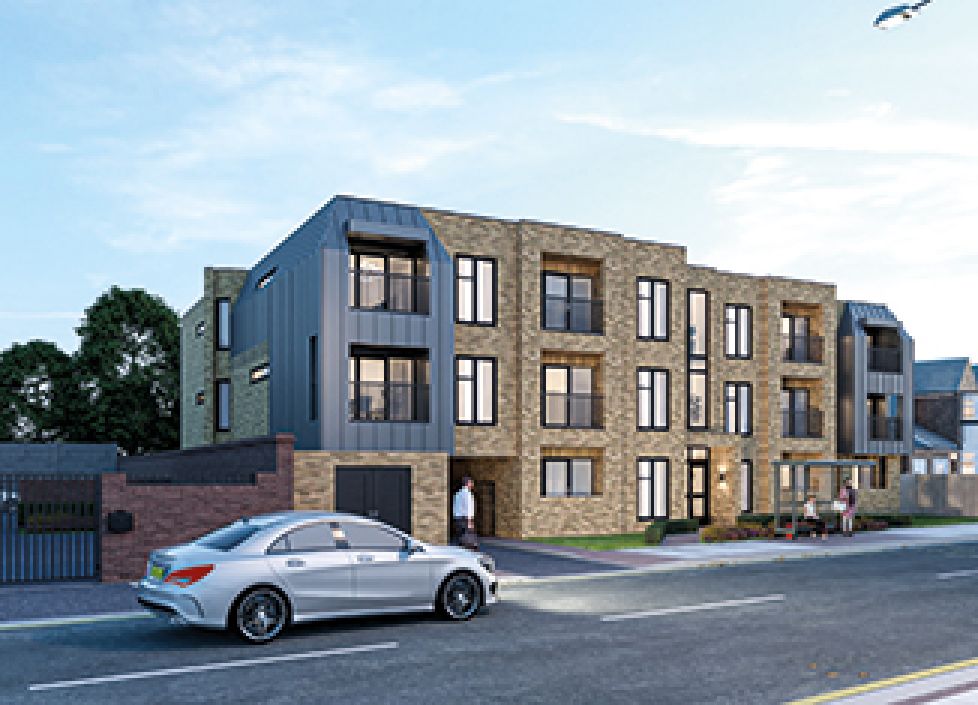According to Knight Frank’s Country House Market Index Q4 2007, the country house market remained relatively firm as prices fell by a marginal -0.04% in the quarter, although this is the first price decline recorded since June 2003. Overall, prices for country properties rose by 7.9% over 2007.
Prices for manor houses were unchanged in the final quarter, although over 2007 as a whole they saw growth of 10.5%. Farmhouses experienced a small increase in value in the final quarter (0.6%) and ended the year with an 8.4% price increase.
Country cottages had the weakest performance with values falling -0.7% in the final three months of 2007, although they showed modest growth of 4.9% over the year as a whole.
Liam Bailey, Knight Frank’s head of residential research, said: “Following the credit crunch in August, it was likely that the end of 2007 would see a noticeable slowing in all residential markets including the prime markets. The country house market was no different and the final quarter of the year saw prices fall back, albeit marginally. We would note that in each of the last 12 years the final quarter has always been the weakest in terms of price growth and we shouldn’t be overly despondent about a fall of -0.04%.
“As with the top of the London market, prices of the most expensive country houses grew most strongly. Those properties in the +£4m price range recorded growth of 15.1% for the year. Lower down the price bands, properties under £1m didn’t perform quite as well achieving only 8.1% growth on an annual basis.”
As might be expected, with the credit crunch bearing most on the City and financial services sector, the regional market tended to be stronger further away from London.
This was evidenced by Scotland and Yorkshire & Humberside, both of which saw price rises of 1% during the final quarter. With the exception of the West Midlands, which saw prices fall by 1%, prices in the other UK regions remained largely static despite anecdotal signs of increased activity.
The monthly magazine providing news analysis and professional research for the discerning private
investor/landlord




















